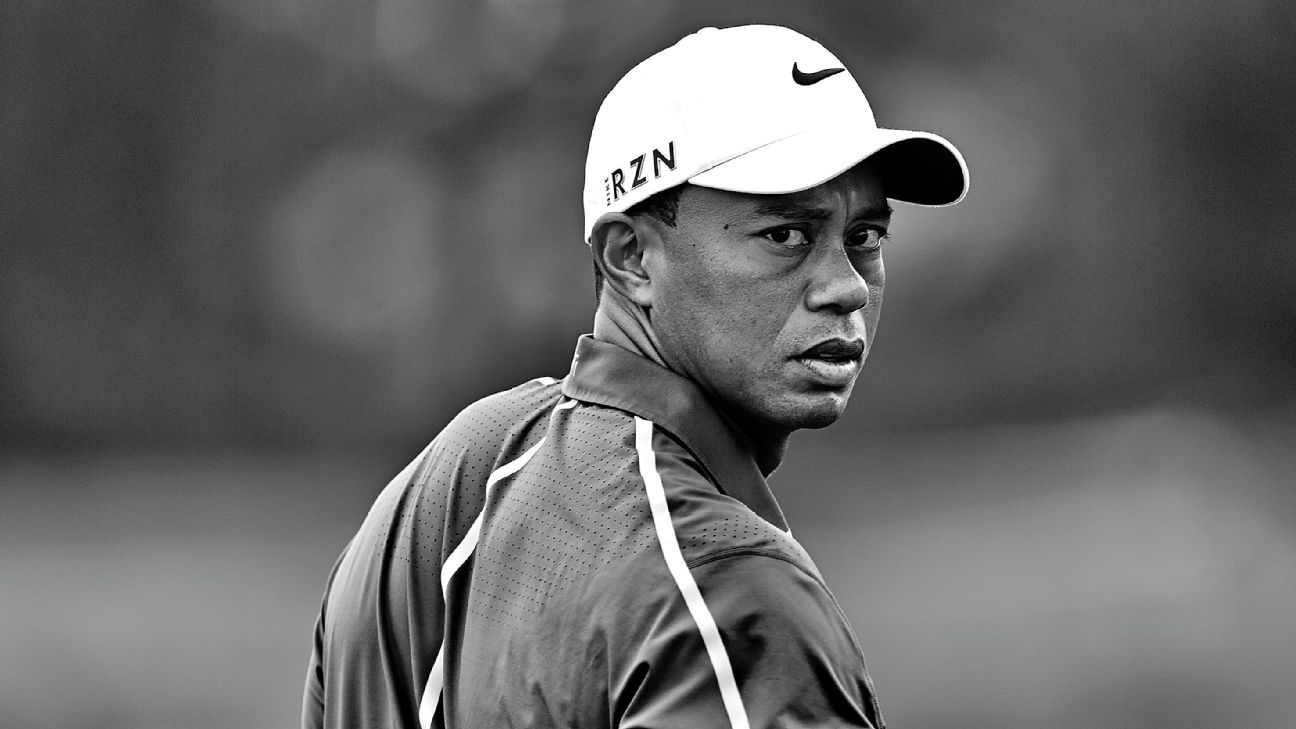Tiger Woods was alone when he drove north in the Rancho Palos Verdes area of Los Angeles in a Genesis GV80 SUV last Tuesday morning. He was alone as he entered a notorious stretch of the Hawthorne Boulevard and drove over the central median across two lanes of traffic before his car struck a tree, overturned and ended up at the bottom of an embankment. The Washington Post reported on what the medics discovered: “Authorities from the Los Angeles County Sheriff’s Department and the Los Angeles County Fire Department described a harrowing scene: Woods was found alone, conscious and pinned…
Cancel at any time. Are you already a member? Log in here.
Want to read the full story?
Unlock this article – and everything else on The Currency – with an annual membership and receive a free Samsonite Upscape suitcase, retailing at €235, delivered to your door.

